1 HOUR
1-3 WEEKS
0.5 GAL.
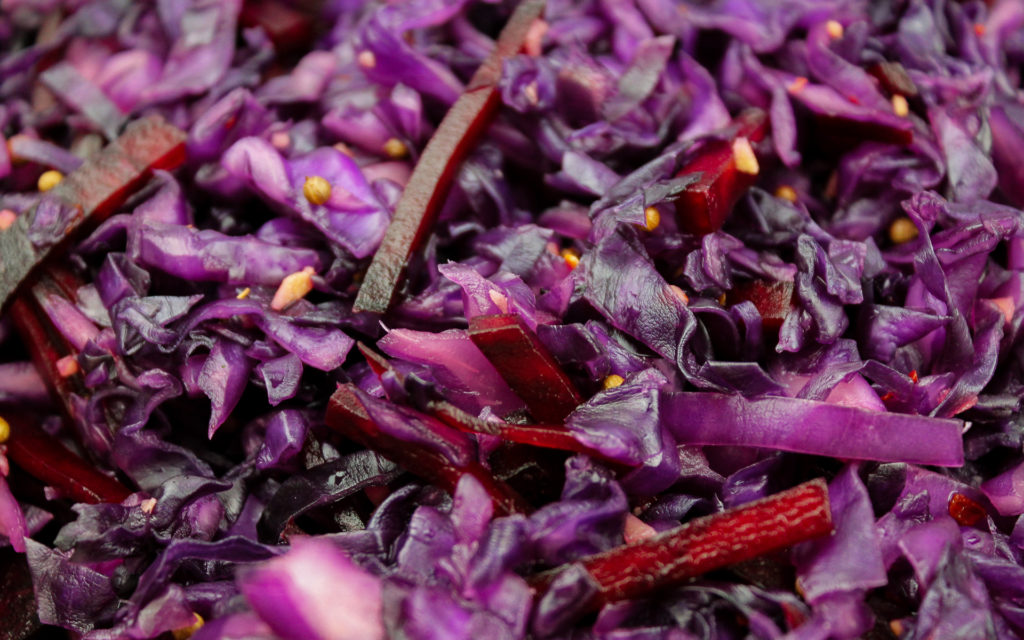
These probiotic health benefits are unique to homemade sauerkraut as opposed to store bought and one of the many reasons that home fermentation is so popular. This because store bought varieties of fermented foods (like kimchi, pickles, kombucha and more) are required to adhere to strict regulations including pasteurization. Pasteurization requires foods to be heated to extreme levels and effectively kills off any beneficial bacteria born out of the fermentation process, so while your favorite store bought brands of fermented foods might taste great, the benefits of ingesting them are limited.
As noted, this tasty food hails from Germany and not surprisingly is especially popular during traditional german festival periods like Maifest in the Spring or Oktoberfest in the Fall. It’s even thought to bring good luck if eaten at the beginning of the new year, but here in the very German city of Milwaukee, where we’re from, Sauerkraut is eaten all year long.
While we love traditional sauerkraut, when you’re eating so much of one thing, it’s nice to mix it up a bit. That is why we’ve put our own spin on the classic “no frills” staple and, if possible, made it even more delicious with our “Haus” red cabbage sauerkraut recipe. This fun mix of red cabbage, beets, ginger and spices is our go-to combination of ingredients for a non-traditional Sauerkraut that is a little sweet, a little spicy and delicious both as a side dish or all by itself!
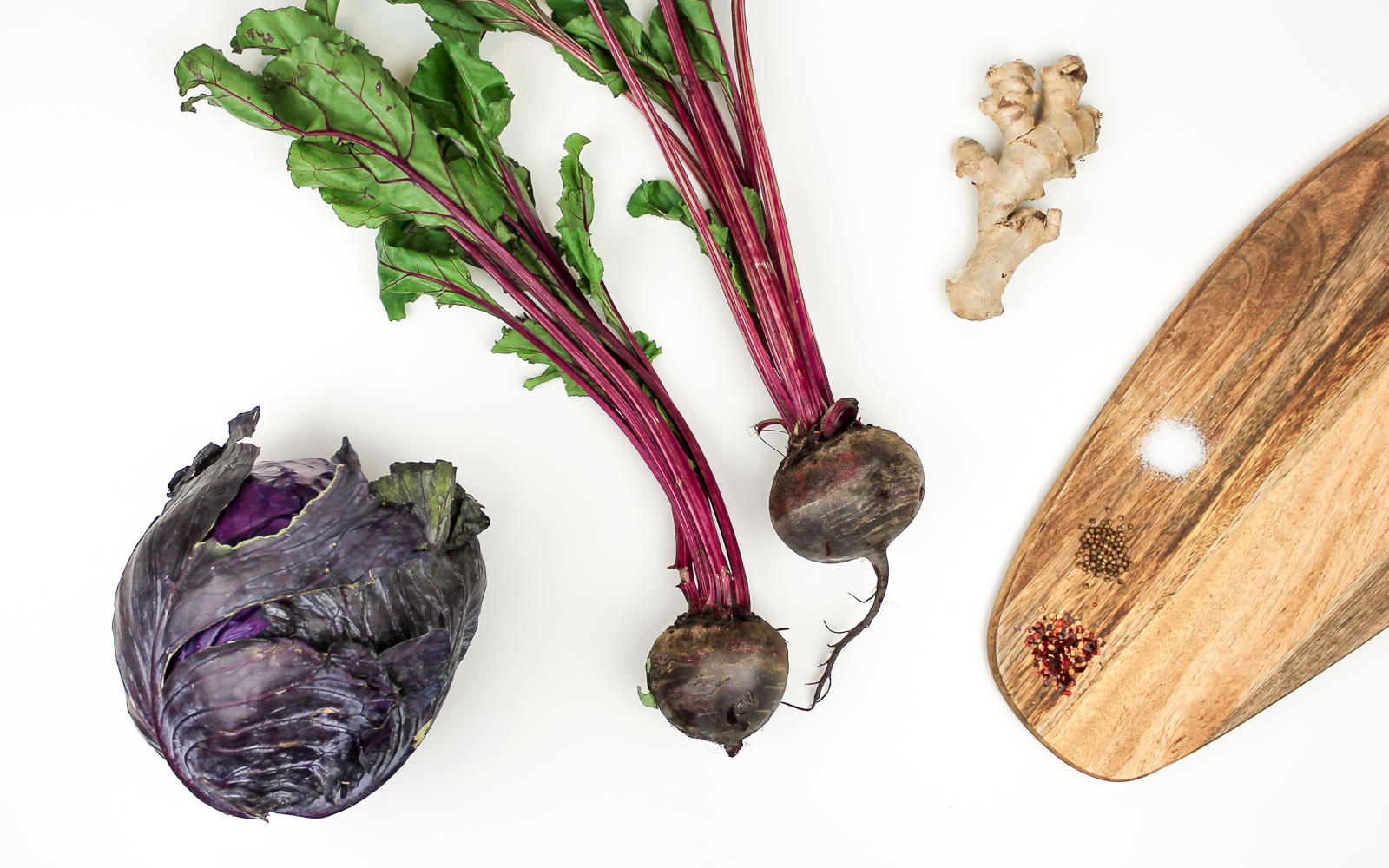
Special Equipment
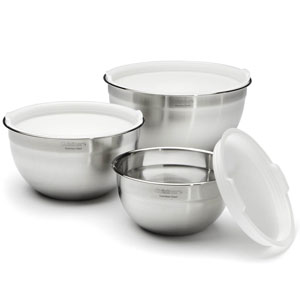
Mixing Bowls
Find a high-walled set that comes with a range of sizes and is made of material that is non-absorbent, like stainless steel or glass. The largest bowl should be no less than 4 quarts. We recommend this Cuisinart Set for its high walls and bonus lids.
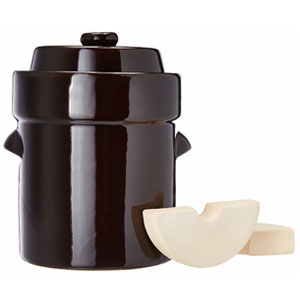
Fermentation Crock
There are many benefits to fermenting in a traditional water-sealed fermentation crock including an easier experience, better flavor, and higher likelihood of success. We recommend our Sauerkrock, the best selling fermentation crock on Amazon.

Sauerkraut Pounder
Sauerkraut pounders (not just for Sauerkraut!) increase the amount of brine extracted from vegetables, and more brine means better coverage and less spoilage. We recommend our crock compatible Sauerstomper for its extra length.

Fido Jars
After your batch has finished fermenting, fido jars are a great storage option. We love them because you will never lose your lid and it's pretty enough to serve out of! Choose a 1-quart capacity or more for versatility. We recommend Le Parfait Super Jars.
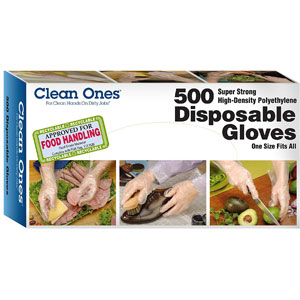
Plastic Gloves
Massaging salt into cabbage often stings because of cuts and hangnails, known and unknown. A cheap box of plastic gloves, made of approved materials for use with food, will last a long time. We recommend this Clean Ones box< of latex-free gloves.

Kitchen Scale
Getting the right amount of salt is critical in fermentation to prevent rot and over-salinization. To determine your salt needs, weigh your prepared vegetables with this simple Ozeri scale and measure out 1 tablespoon of salt for every 1.75 pounds of food.
Additional Equipment: see our post on The 14 Items Every Serious Home Fermenter Needs for other kitchen tools we use for home fermenting and recommend to our customers!
Ingredients
- 1 large (3-4 pounds) Red Cabbage
- 2 large (1 pound each) Beets
- 2 inch piece of Ginger
- 3 tablespoon Fine Grain Mineral-Rich Dry Salt*
- 2 tablespoon Coriander Seeds
- 1 teaspoon Red Pepper Flakes
*We do not recommend using standard table salts or kosher salts when fermenting food as they are refined and often contain anti-caking agents. Natural, unrefined salts like Redmond Real Salt brand sea salt or Pink Himalayan Salt contain no artificial ingredients and maintain their original minerals which add to the quality and flavor of your recipe.
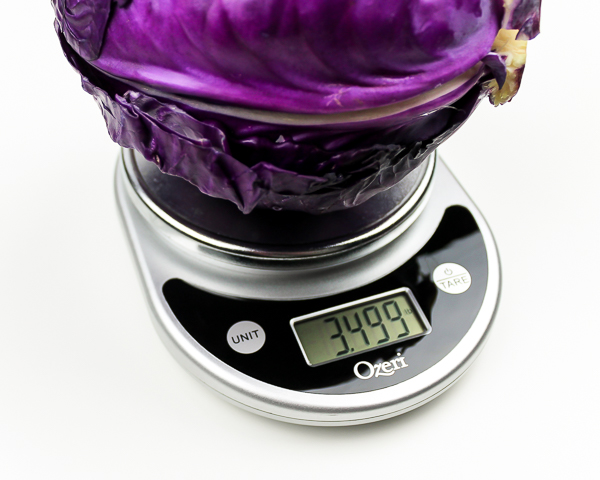
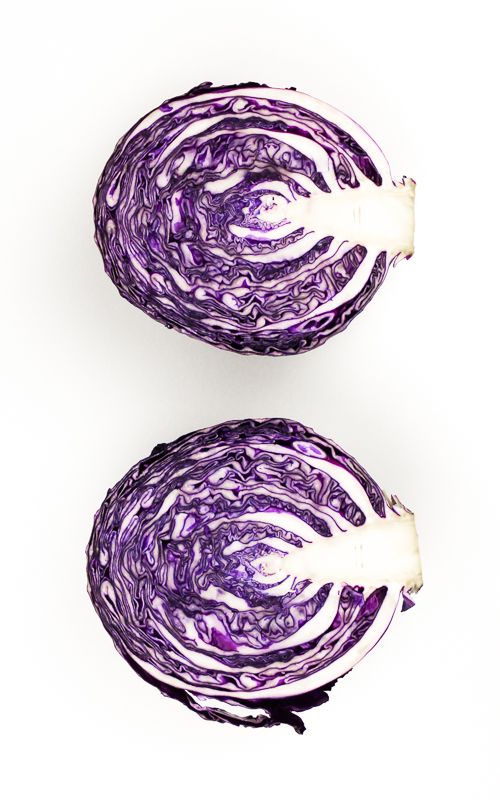
How to make Red Sauerkraut
1.) Prepare The Vegetables
Rinse the cabbage and remove 3-4 outer leaves. Discard of all but one – you’ll need it later! Cut the cabbage into quarters lengthwise, then trim out and discard the core. Next cut the cabbage crosswise into 2-inch wide strips and place them in a large bowl.
Trim the stems off the beets at the root, then wash the beets by running under the faucet and rubbing. Once all the dirt is off, remove the skin with a vegetable peeler. Finally, Cut the beet into quarters and then into 1-inch match sticks (grating can result in mush!) and set aside.
Rinse the ginger under the faucet, then remove the skin with a vegetable peeler. Then dice the ginger into tiny cubes and set aside.
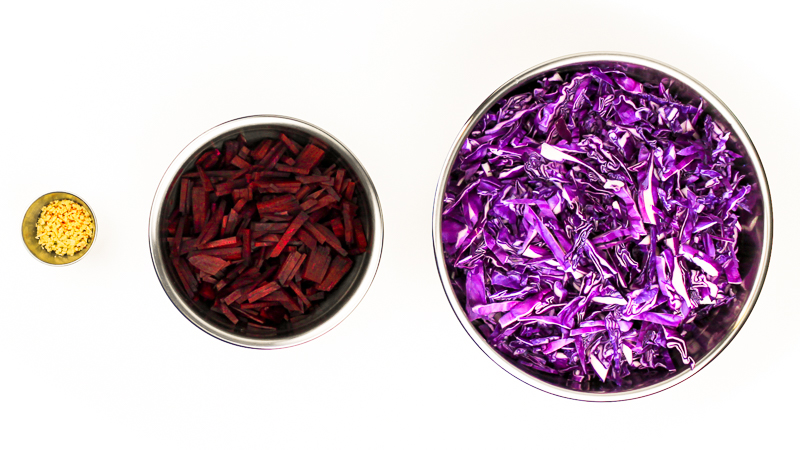
2.) Massage the Vegetables with Salt
Add the salt to your large bowl with the cabbage and massage it into the cabbage. Do this for 5-10 minutes until the cabbage is reduced to about 3/4 the volume it was, is noticeably soft to the touch, and an ample pool of brine has formed in the bottom of your bowl.
Then add the remaining vegetables and spices and hand-mix for 2-3 minutes until thorughly covered and distributed.
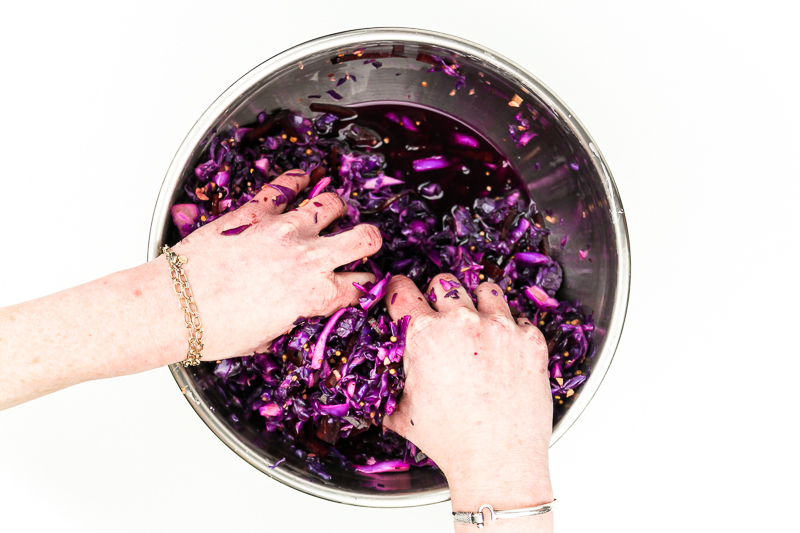
3.) Ferment The Mixture
Transfer the finished mixture into your clean fermentation crock, then pack it down with a cabbage tamper. Make sure the crock is filled no more than 80% full in order to leave room for the weights.
Set the weights on top of the mixture to ensure it stays submerged in the brine that develops during the lacto-fermentation process. Place the lid on the crock, fill the water channel, then tuck the crock away in a low-traffic area (like the inside corner of a kitchen countertop) in order to avoid being disturbed.
Let the mixture sit in the crock at room temperature for at between 1 to 3 weeks depending on your umami flavor tolerance. Also, don’t forget to check the water seal regularly to ensure enough water remains after evaporation to keep a seal.
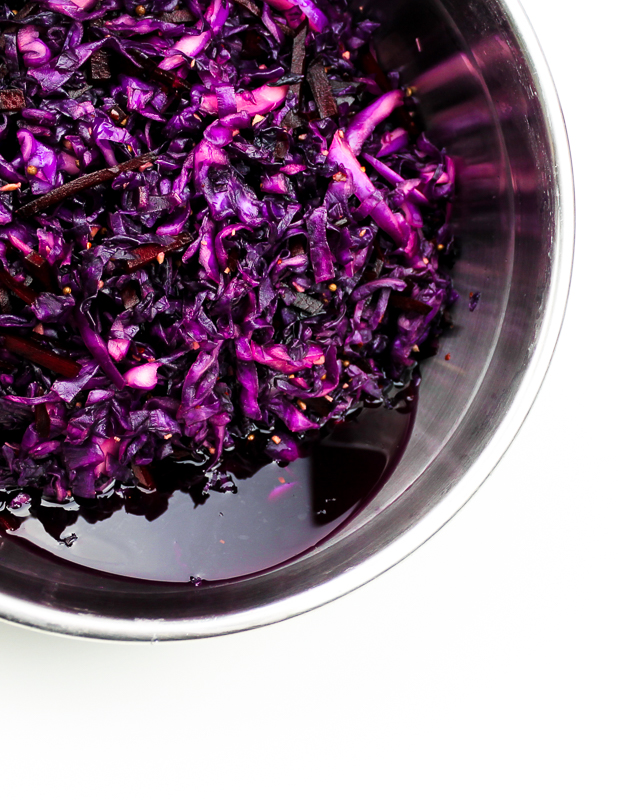

4.) Store and Eat Your Sauerkraut
Once the Sauerkraut has fermented to your taste liking, move it into fido jars for storage in the refrigerator. Sauerkraut will keep for weeks and even months, but its best to eat it right away if the flavor and consistency is to your liking as it will continue to ferment, albeit slowly, in the refrigerator.
Red Cabbage Sauerkraut Recipe
Red cabbage sauerkraut with ginger and beets is a delicious twist on the more traditional and minimalist green cabbage sauerkraut and an easy way to amp up the flavor and health benefits of one of the most popular fermented foods of all time!
Prep Time
1 Hour
Ferment Time
3-4 Weeks
Yield
0.5 Gallons
Ingredients
- 1 large (3-4 pounds) Red Cabbage
- 2 large (1 pound each) Beets
- 2 inch piece of Ginger Root
- 3 tablespoons Fine Grain Mineral-Rich Dry Salt
- 2 tablespoon Coriander Seeds
- 1 teaspoon Red Pepper Flakes
Instructions
Wash all of the vegetables. Core and shred the cabbage, peel and matchstick the beets and peel and mince the ginger root. Then, combine the vegetables with the spices and mix thoroughly to ensure full coating and no dry clumps.
Transfer the ingredients to a fermentation crock and let ferment for 3-4 weeks. Keep a close eye on the water channel of the fermentation crock and make sure to refill frequently.
Once fermented, store in a jar and refrigerate throughout use – red cabbage sauerkraut will keep for several months!

